Fog is a cloud near the ground level that causes low visibility. Fog is made of small water droplets which form when the water vapor in the air condenses on small particles suspended in the air. Let’s learn about the different types of fog.
Types of fog
Radiation fog
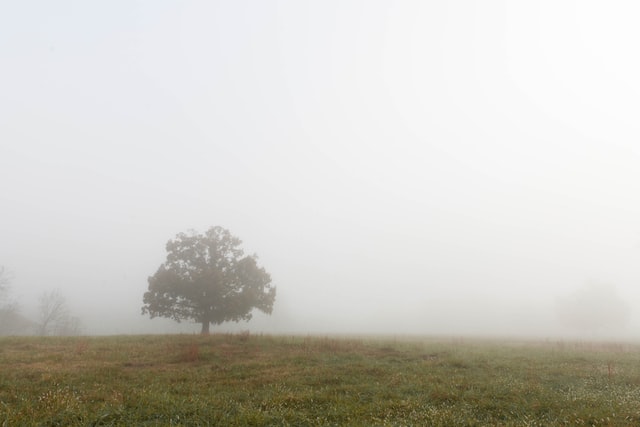
Radiation fog forms usually during the winters in calm weather conditions. After the Sun sets the ground cools radiating heat into the atmosphere. The air near the ground cools and the water vapor in the air begins to condense on the condensation nuclei to form water droplets of the fog. The depth of the fog increases as cooling continues during the night. Radiation fog usually dissipates after the Sun warms the ground.
Advection fog
Advection fog forms when warm, moist air/wind flows over a colder surface or water. The air reaches the dew point and water vapor condenses to form fog. Unlike radiation fog, advection fog can form both on land and water.
Steam fog
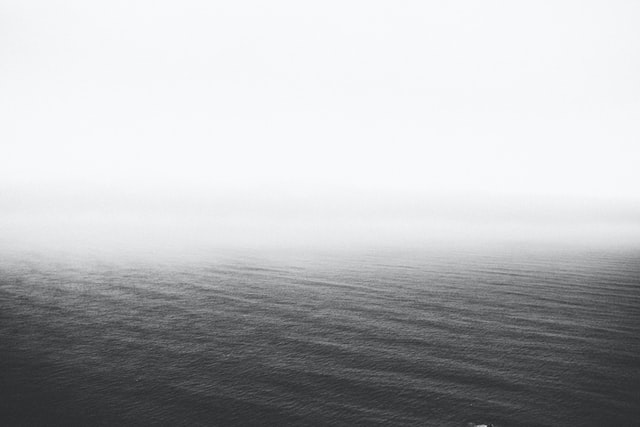
Steam fog forms over a warm water body when colder air moves over it. The warm, moist air above the water body is cooled by the incoming cold air resulting in condensation of water vapor.
Upslope fog
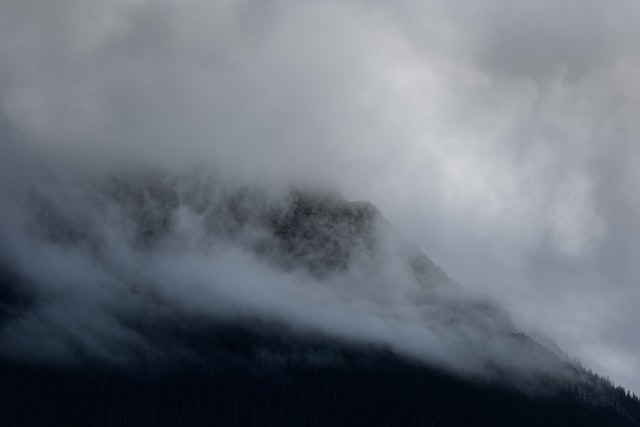
Upslope fog forms when moist air moves up along a mountain slope and cools.
Precipitation fog
This type of fog forms when rain falls from the warm air above a front into a colder air near the surface. The rain on the ground evaporates and saturates the cold air. Any more evaporation results in condensation to form fog.
Freezing fog
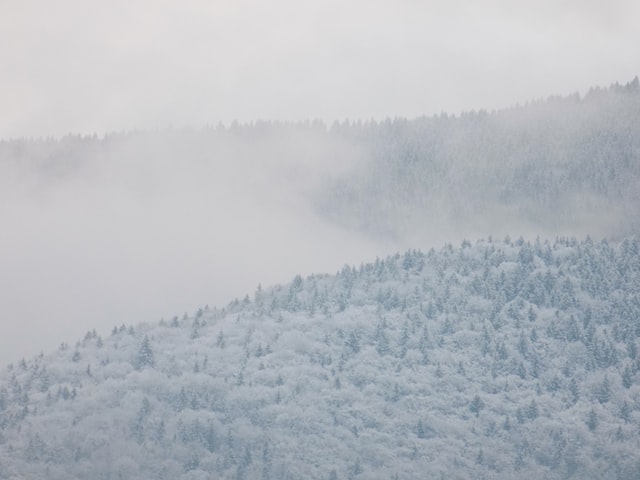
When fog forms at below freezing temperature, it is known as freezing fog. The water droplets remain in a liquid state (supercooled liquid) until they get a surface to freeze upon.
(Also read: Types of rainfall | Convectional, Orographic, Cyclonic)
Some important terms
Dew point temperature
The temperature at which air can hold no more water vapor.
Condensation nuclei
The particles suspended in the air e.g. dust on which the water vapor condenses are known as condensation nuclei.
Front
The boundary between two air masses of different properties.
Fog vs mist vs haze
Fog and mist, both are made of small water droplets which form after the condensation of water vapor. Fog is denser than mist and the visibility is less than 1000 meters. The visibility in misty conditions is greater than 1000 meters. Haze, on the other hand, is made of small particles suspended in the air e.g. dust, pollutants, etc.
New Delhi fog
Fog is a frequent phenomenon in Delhi during the winters. There are days when there is no sunshine whatsoever during the entire day.
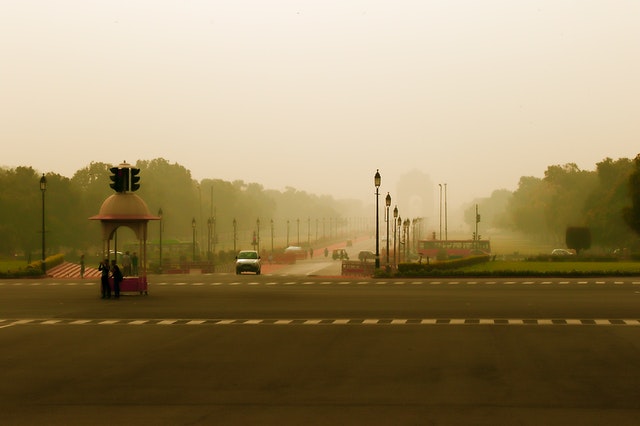
San Francisco fog
The famous San Francisco advection fog forms when the warm sea breeze enters the cold waters of the San Francisco bay.
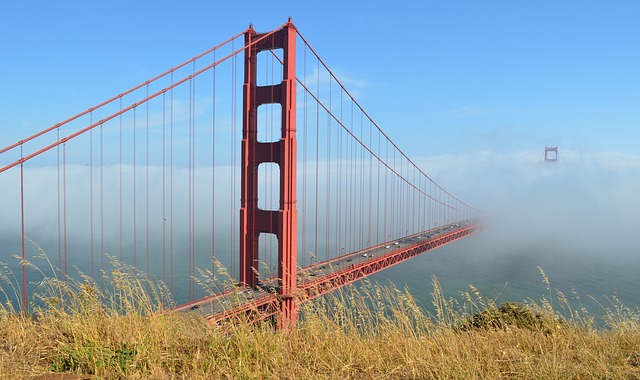
Read more